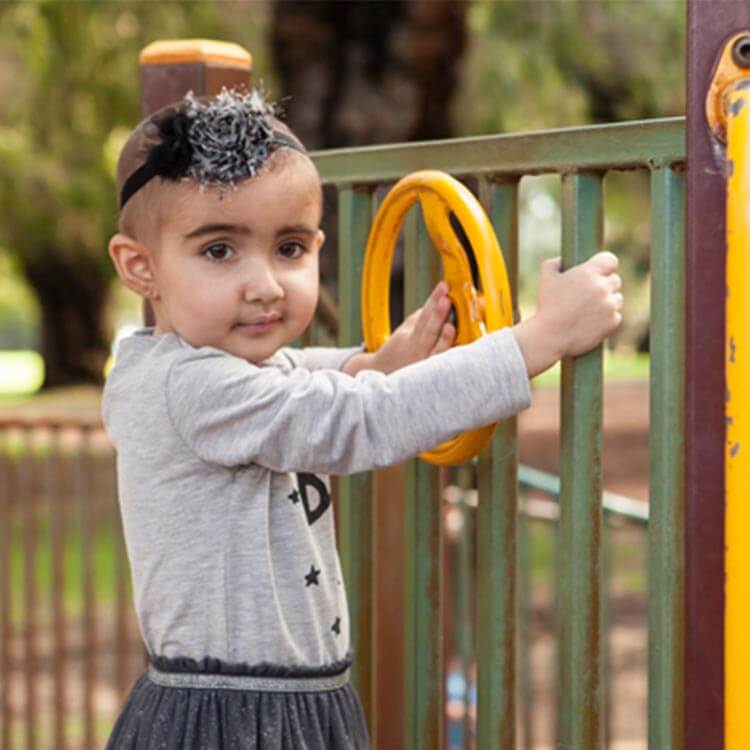Search
Research
Evolution of pulmonary inflammation and nutritional status in infants and young children with cystic fibrosisImproved nutrition is the major proven benefit of newborn screening programmes for cystic fibrosis (CF) and is associated with better clinical outcomes.
Research
Responsiveness of the human airway in vitro during deep inspiration and tidal oscillationIn healthy individuals, deep inspiration produces bronchodilation and reduced airway responsiveness, which may be a response of the airway wall to mechanical...

News & Events
Children’s voices must be heardAround seven per cent of children and young people live in poverty, and one third are developmentally vulnerable when they start full-time school.

News & Events
The Kids researcher awarded prestigious EU Horizon 2020 grantProfessor Cate Taylor, is part of an International cohort of researchers to secure over €1.45million in grant funding from the EU’s Horizon 2020 programme.

News & Events
Chronic illness affects young children’s school readinessResearchers from the The Kids Research Institute Australia and UWA have found that young children with a chronic disease are more likely to fall behind their peers in a wide

Research
Evaluation of the Community Playgroup ProgramThis evaluation explored the facilitators & barriers that influence Community Playgroup attendance, and the impact of attending playgroups on child development.
Research
Public Health Approach to Child Abuse and Neglect: Antecedents and Outcomes (Apr 2012 to Jun 2019)This project uses longitudinal population data provided through the Developmental Pathways in WA Children Project (Developmental Pathways Project).
Research
The relationship between intrauterine foetal growth trajectories and blood pressure in young adultsPrevious studies have reported an association between low birthweight and elevated blood pressure (BP) in adulthood, but few have examined the relationship between foetal growth and adult BP.
Research
Interpregnancy interval and the risk of oppositional defiant disorder in offspringThe study aimed to investigate the association between interpregnancy interval (IPI) and parent-reported oppositional defiant disorder (ODD) in offspring at 7 and 10 years of age. We used data from the Avon Longitudinal Study of Parents and Children (ALSPAC), an ongoing population-based longitudinal study based in Bristol, United Kingdom (UK).
Research
Association between preschooler movement behaviours, family dog ownership, dog play and dog walking: Findings from the PLAYCE studyPhysical inactivity in childhood is a major public health issue. Dog ownership has been widely reported to lead to greater physical activity in adults and school-aged children. We examined if dog ownership and dog-facilitated physical activity were associated with higher physical activity in preschoolers. Secondary analysis of the 'Play Spaces & Environments for Children's Physical Activity' (PLAYCE, 2015-2018) study involving 1366, 2-5-year-olds from 122 long day-care centres in Perth, Australia was conducted.
